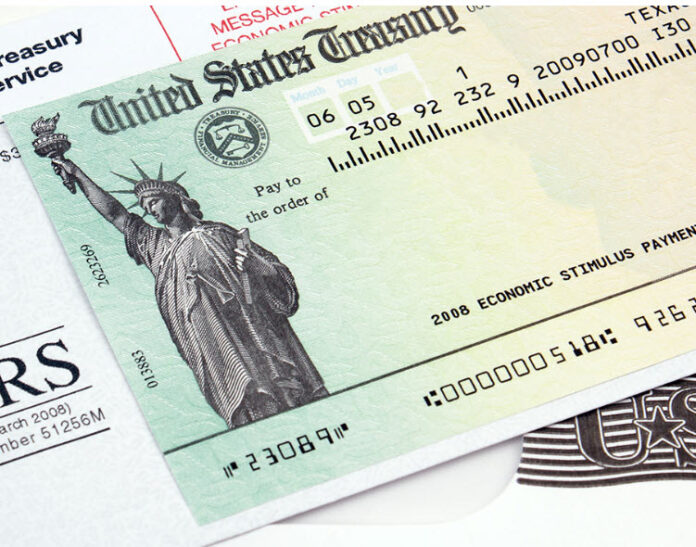It’s almost that time of year when many people start receiving their tax refunds. If you get one, what will you do with it?
Of course, the answer will depend somewhat on how big your refund is. Last year, the average refund amount was about $2,750, according to the Internal Revenue Service’s Filing Season Statistics report.
Whatever the size of your refund, you’ll want to maximize its benefit. Here are a few suggestions:
• Contribute to your IRA. If you were to receive about $2,750, it would go a long way toward funding your IRA for the year — but any amount would help. You still have until April 15 to contribute to your IRA for the 2023 tax year, but if you’ve already “maxed out” on it, you could use your refund for 2024, when the annual contribution limit for a traditional and Roth IRA is $7,000, or $8,000 if you’re 50 or older. And by getting an early start toward fully funding your IRA for the year, you can reduce the pressure of having to come up with large amounts later.
• Build an emergency fund. Your tax refund could help you start or expand an emergency fund. It’s a good idea to keep up to six months’ worth of living expenses in such a fund, with the money kept in a liquid, low-risk account, separate from the funds you use for your daily expenses. You might need to draw on this fund for unexpected expenses, such as a major home or car repair or a medical bill that’s not fully covered by your insurance. Without such an emergency fund in place, you might be forced to dip into your IRA or other retirement accounts to pay for these types of costs, and such a move could be expensive, resulting in taxes, penalties and lost opportunities for growth.
• Contribute to a 529 plan. If you have children or grandchildren and you’d like to help them further their education someday, you might consider investing in a 529 education savings plan. With a 529 plan, earnings and withdrawals are federally tax free, provided the money is used for qualified education expenses. Based on where you live, your 529 plan may provide state tax benefits, too. (It is possible, though, that 529 withdrawals could affect financial aid packages, depending on who owns the account.) A 529 plan can be used to help pay for college, accredited trade school programs, some K-12 expenses and even to help repay some student loans.
• Pay down debts. Most of us probably wish we could reduce our debt loads. Your tax refund may give you a chance to do just that. But which debts should you tackle first? You could follow the “snowball” method by paying off the smallest of your loans or debts as quickly as possible. Or you could choose the “avalanche” route by making minimum payments on all debts and using extra funds — such as your tax refund — to pay off the debts that carry the highest interest rates. Either method could help you save money in the long term.
Your tax refund can be a valuable asset — so use it wisely.
- Business Insider
- City of Carlsbad
- Education
- Escondido
- Fallbrook
- NORTH COUNTY
- Oceanside
- San Marcos
- Valley Center
- Vista

















